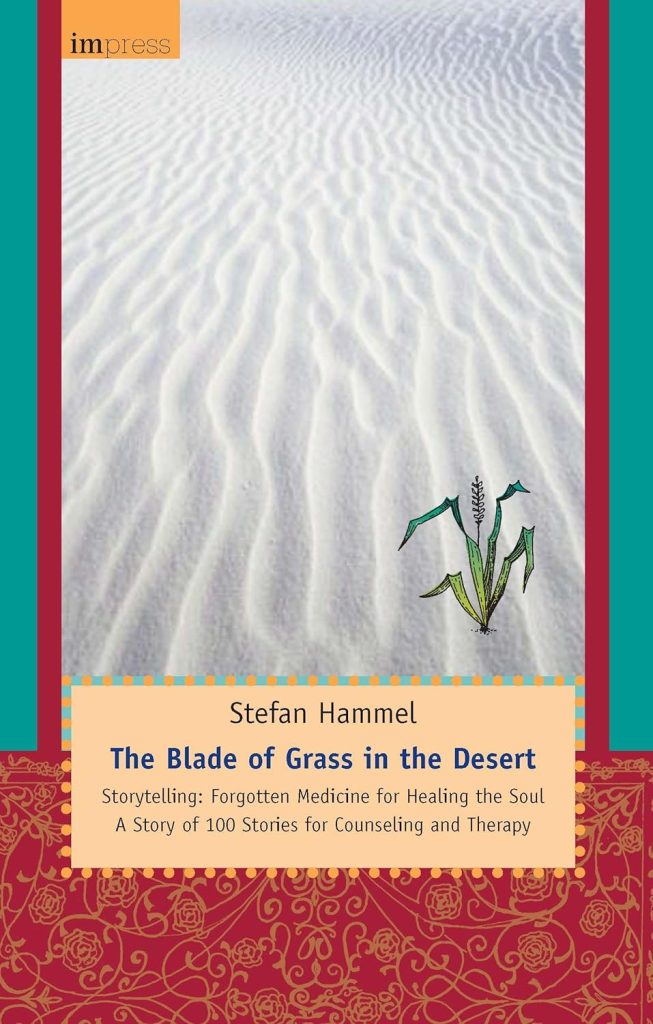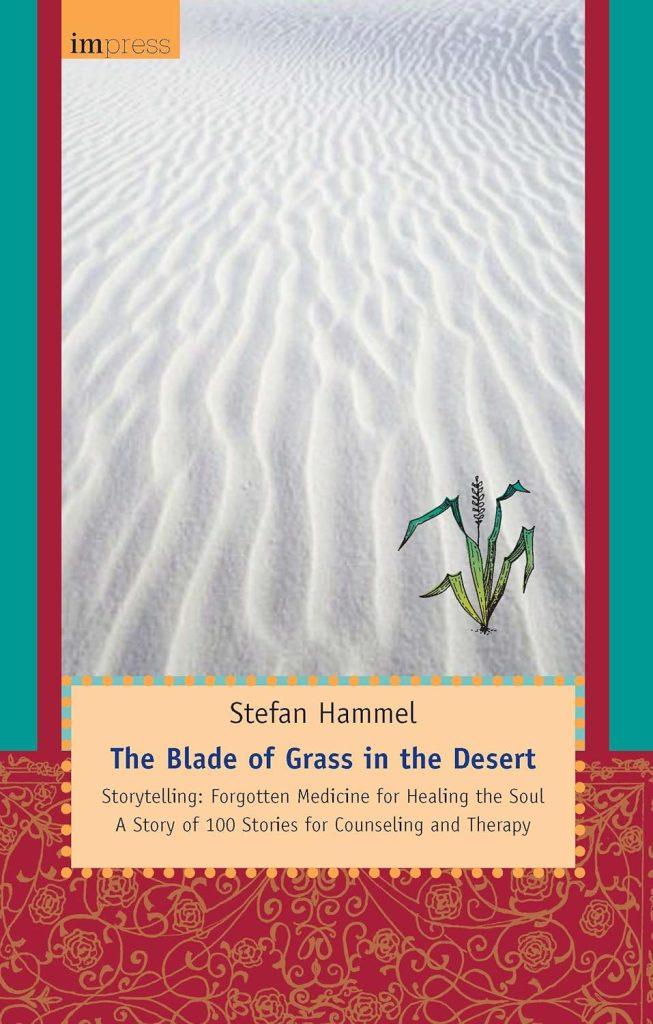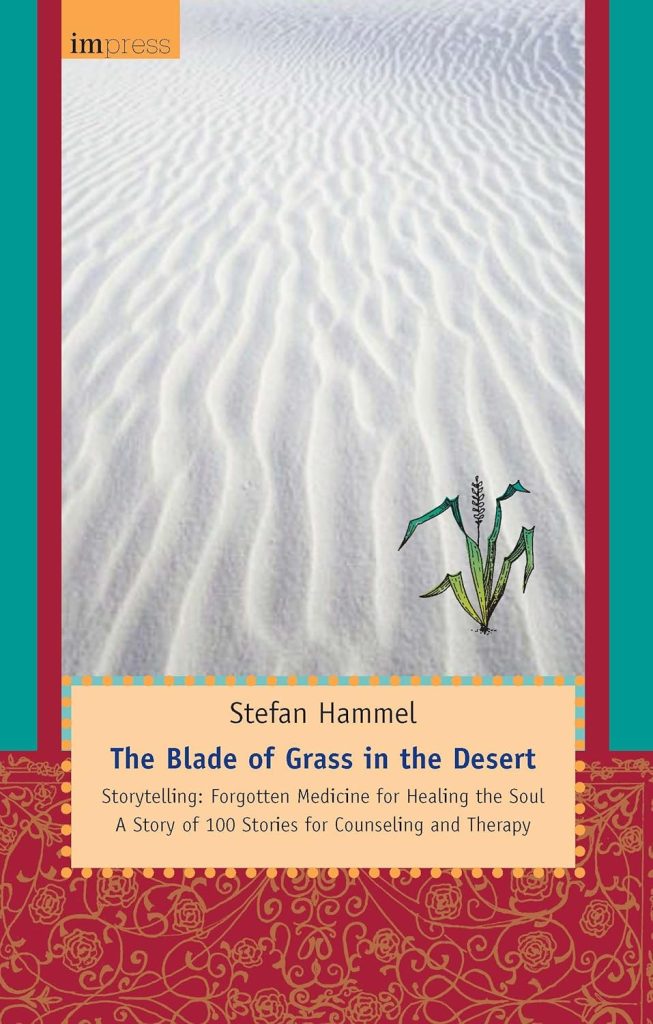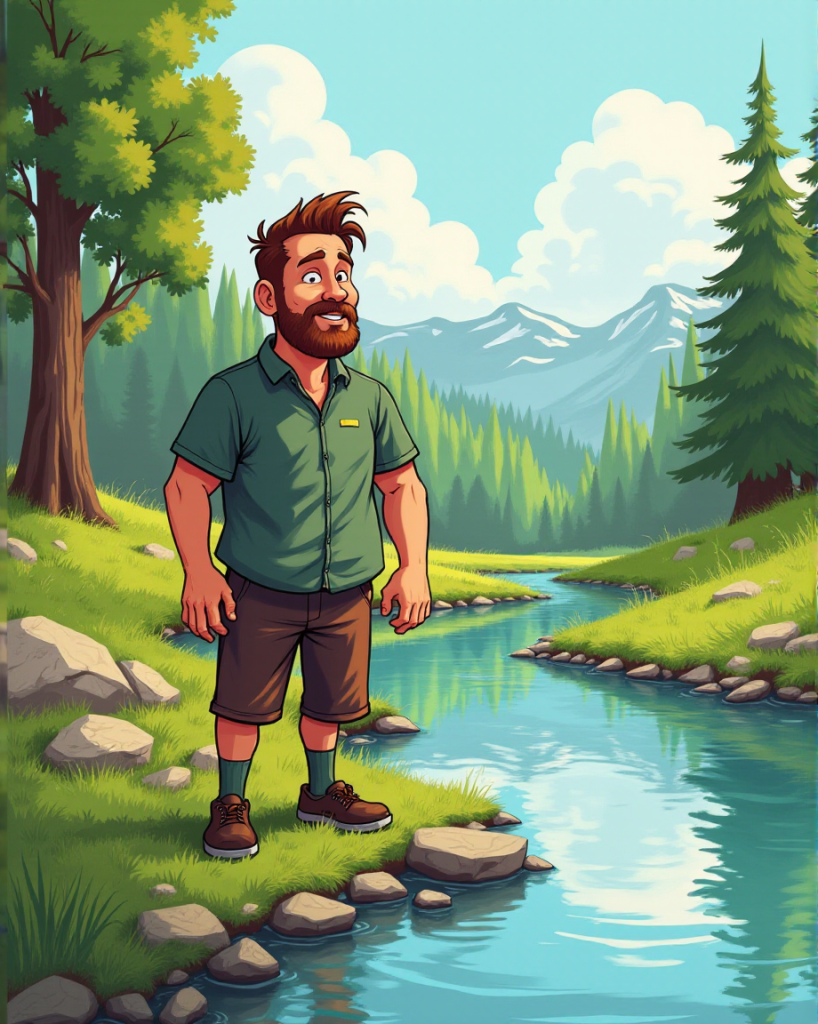I owe thanks for this story to Attila Mislai who translated it.
Üldözték a képek. Mintha az ember váratlanul egy rossz filmben találná magát. Valahányszor babakocsi mellett ment el az utcán, látta magát, amint kirángatja a gyereket a kocsiból és rugdalni kezdi a járdán. Ha egy gyönyörű nővel találkozott, képzeletben letépte a ruháját és megerőszakolta. Amikor a szeretteivel volt, attól rettegett, hogy hirtelen kést ragad és leszúrja valamelyiket. Az otthonában, egyedül, elképzelte, hogyan gyújtja fel a függönyöket. Mikor szabadságra ment, Isten rémisztő parancsa zúgott a fejében minduntalan: „Ne legyen néked más támaszod, mindenedet hátrahagyva indulj vándorútra.”
Gyötrelmes volt. Minél erősebben igyekezett elűzni a hátborzongató fantáziákat és késztetéseket, annál erősebben kínozták. Végül, keserű dühében, így szólt: „Megérdemled, te szerencsétlen!” Azzal nekiállt elképzelni, megjeleníteni mindent, a lehető legárnyaltabban és legrészletesebben. Hogy taposna meg egy gyereket. Hogyan erőszakolna meg egy nőt. Hogyan mészárolná le a családját. Hogy gyújtaná fel a szülői házat. Hogy indulna útnak mindenét hátrahagyva. És ekkor a képek elvesztették a hatalmukat felette. Egyre sápadtabbak, egyre erőtlenebbek lettek.
This story in English: https://www.stefanhammel.com/blog/2013/07/14/2674/









